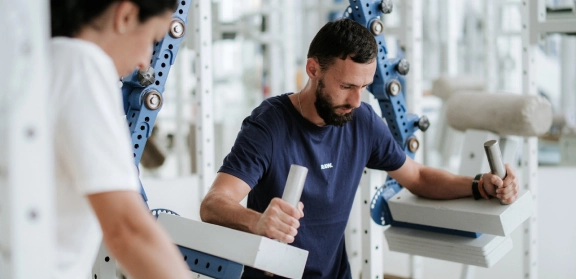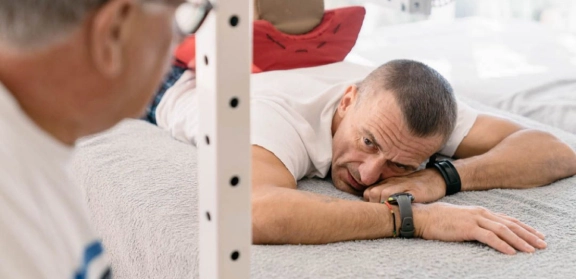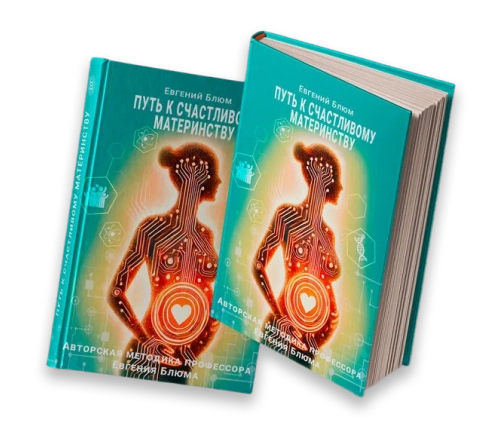Spinal injuries
Why rehabilitation is important
After the surgeons' work is done and the integrity of the spinal structures is restored, the rehabilitation phase begins. Timing and a comprehensive approach determine the degree of functional recovery and minimise the consequences of spinal trauma.
In Doctor Blum’s Centre we utilize a patented methodology to maximise the restoration of affected functions through proper movement and return individuals to normal life. To draw up the rehabilitation plan and recovery outcomes after spinal trauma, we assess the key injury factors:
- Location of the injury and extent of damage - cervical, thoracic, lumbar spine, sacrum, coccyx, pelvis. The extent of damage to vertebrae, discs, ligaments, muscles, spinal nerves, major blood vessels, and spinal cord coverings.
- Degree of spinal cord injury: concussion, bruising, contusion, compression, partial or complete tear.
- Level of spinal cord injury – cervical, thoracic, lumbar spine, "cauda equina." The higher the level of injury, the more severe the consequences, and the greater the number of lost functions.
- Depth of injury – extent of damage to vital organs and tissues adjacent to the injured segment - heart, lungs, intestines, pelvic organs.
- Secondary complications of the injury, consequences of surgery, effects of immobilisation.
Based on diagnostics, testing, examination of complaints, symptoms, and results of investigations, goals and objectives are determined, and a rehabilitation plan and individual recovery program are developed.
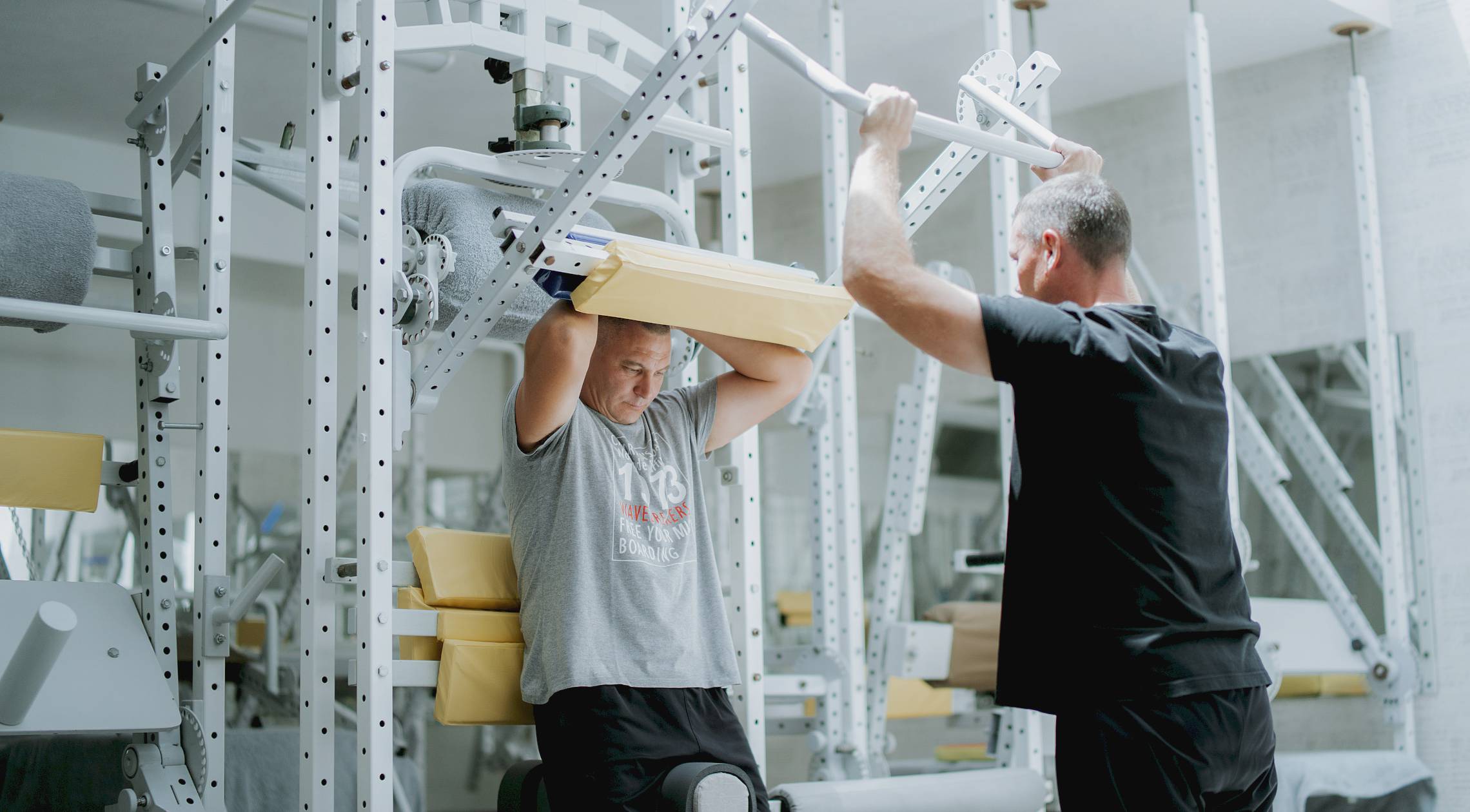
Types of spinal injuries we work with
The main issues people come to us can be divided into 6 groups:
- Compression fractures of the spine
- Multiple vertebral body fractures
- Lumbar spine injury
- Spinal cord contusions and injuries
- Fractures, fracture-dislocations, and dislocations of vertebrae
- Vertebral body fractures in osteoporosis
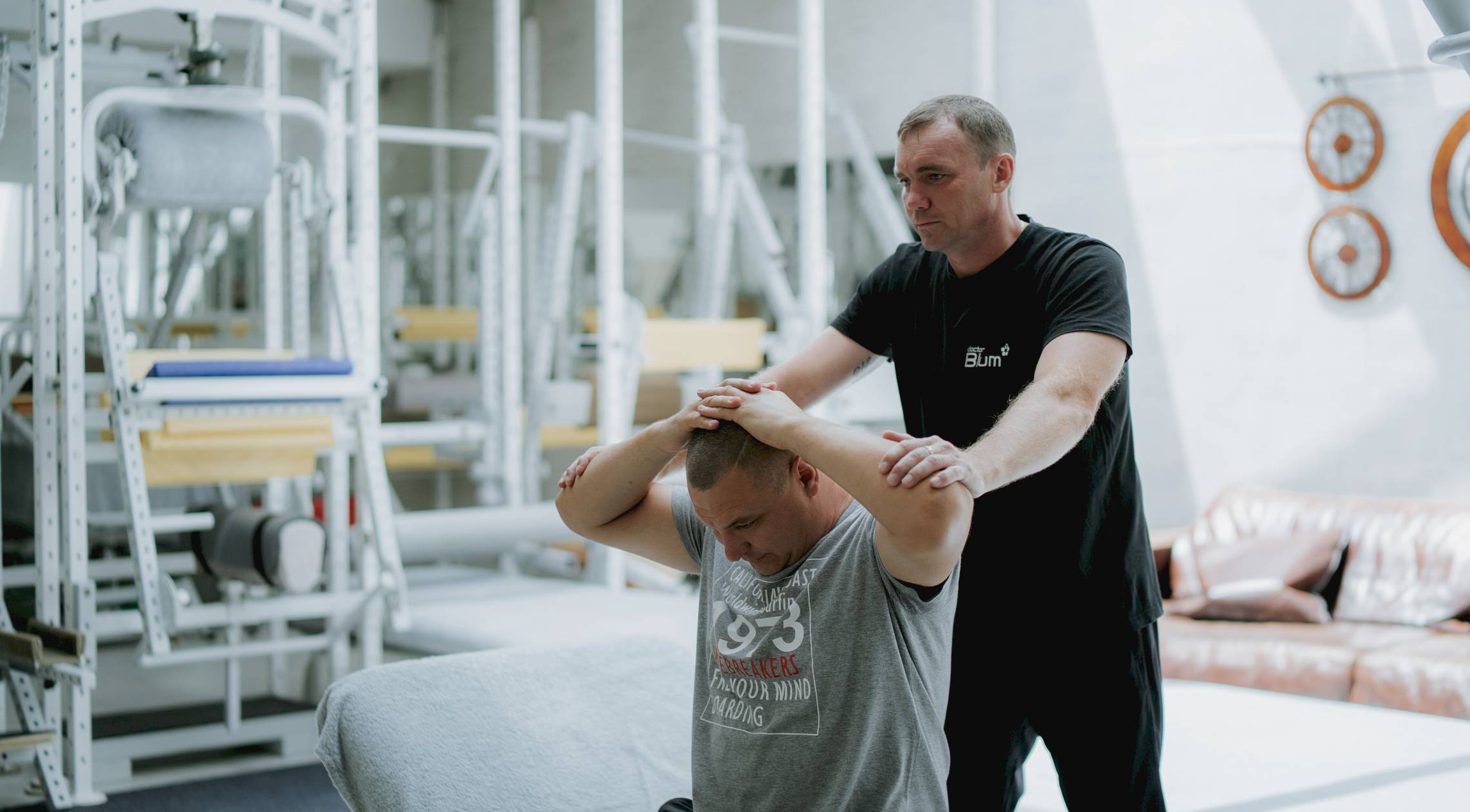
Proprietary methodology
Professor Blum's proprietary rehabilitation strategy is based on a staged restoration primarily focusing on the anatomical and morphological architecture of tissues, blood supply, innervation, followed by energy supply, and only thirdly - function. This allows our patients to achieve the maximum possible outcome and fundamentally restore lost functions.
In our Centre we utilise rehabilitation modular exercise machines that have no equivalents; they selectively impact the affected spinal segments, improving blood supply and microcirculation, creating all conditions for complete healing and restoration of damaged tissues. Controlled, precisely targeted dosed loading enables gradual and confident pain alleviation and movement restoration. A comprehensive individual program is developed for each patient, implemented under Professor Blum´s supervision.
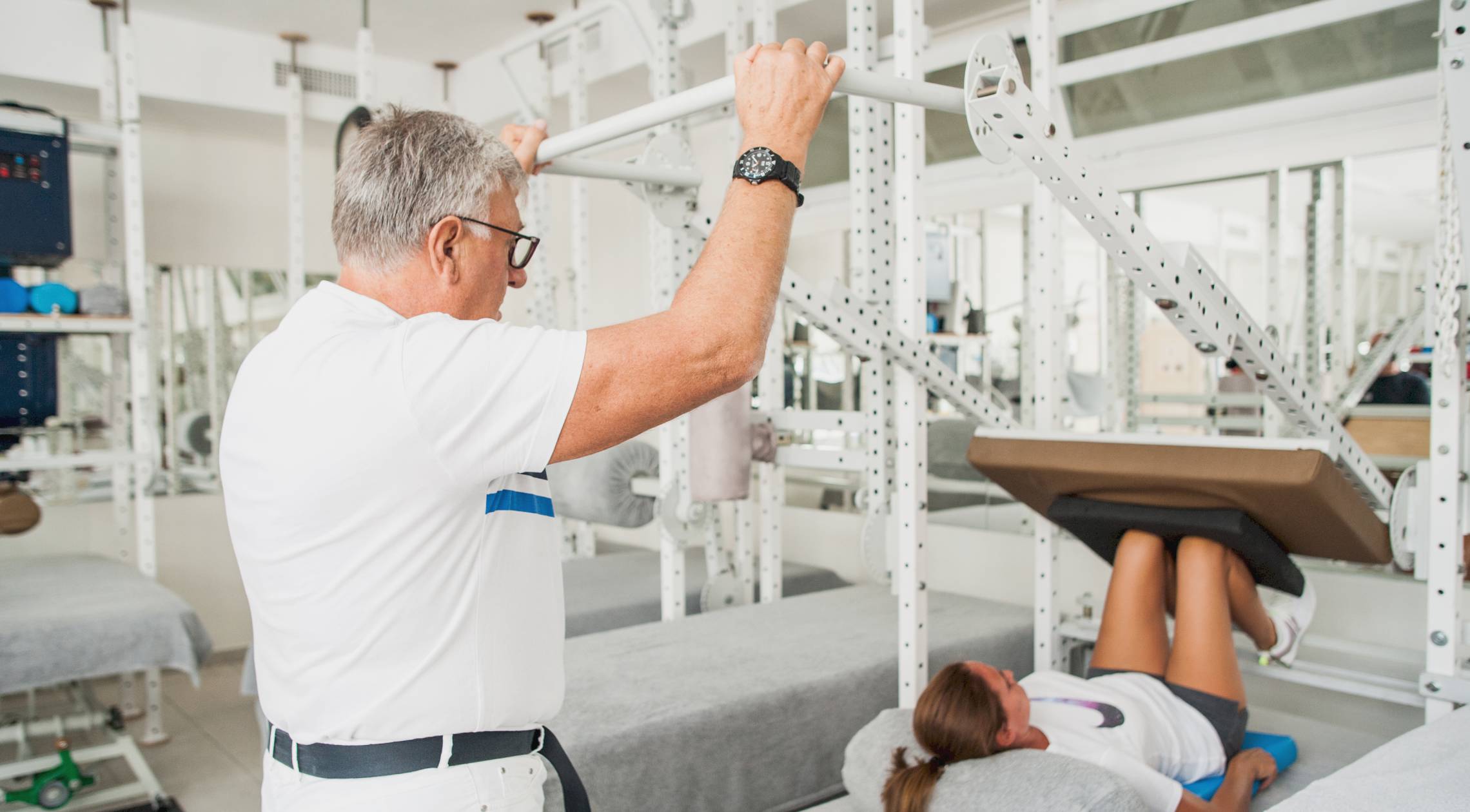
The goal of restorative treatment is the maximum restoration of functions and skills as a result of coordinated functions of the entire body. To optimise regenerative processes in the injury zone, in adjacent affected organs, and in the body, all necessary conditions are created. It is important to correctly set the goals and expected results of rehabilitation - this is a strong motivational factor for the patient. By conducting intermediate tests, determining positive dynamics, adjusting the program, and monitoring changes in the body, we systematically move towards the goal.
-
Maximise restoration of movement function.
-
Restoration of the core muscles, strengthening of the ligament-capsular complex, discs, deep muscle groups stabilising the spine.
-
Restoration of spine strength, flexibility, and mobility.
-
Restoration of heart, lung, intestine, and pelvic organ functions.
-
Elimination of injury complications - pain, spine instability, deformities, secondary muscle paralysis, contractures, atrophy, and spasticity.
-
Elimination of the consequences of hypodynamia - restoration of muscle volume and tone.
Objectives of the program
-
Restoration of tissue structureRestoration of tissue structure, anatomical and biomechanical integrity of the injury zone, activation of metabolic processes in vertebrae, ligaments, discs, capsules, spinal cord, and its coverings.
-
Restoration of core musclesRestoration of core muscles, pumping up deep muscles to sufficient volumes and sizes, restoration of damaged neurodynamic connections of the spinal cord.
-
Restoration of lost movement functionsRestoration of lost movement functions in a specified sequence - crawling, independent sitting, standing with support on two legs, then on each leg, walking with walkers, then walking without support.
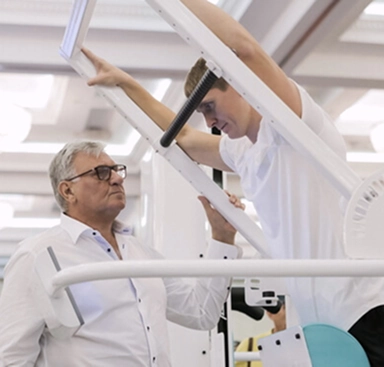
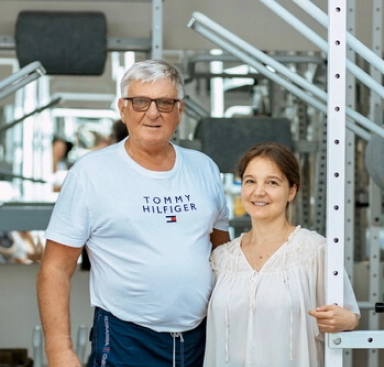
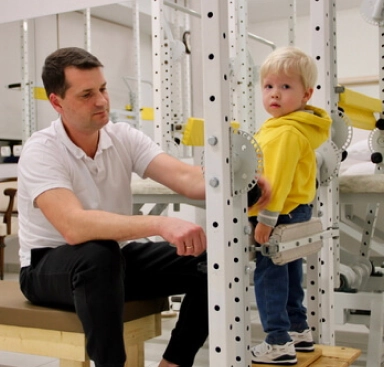
Patient stories
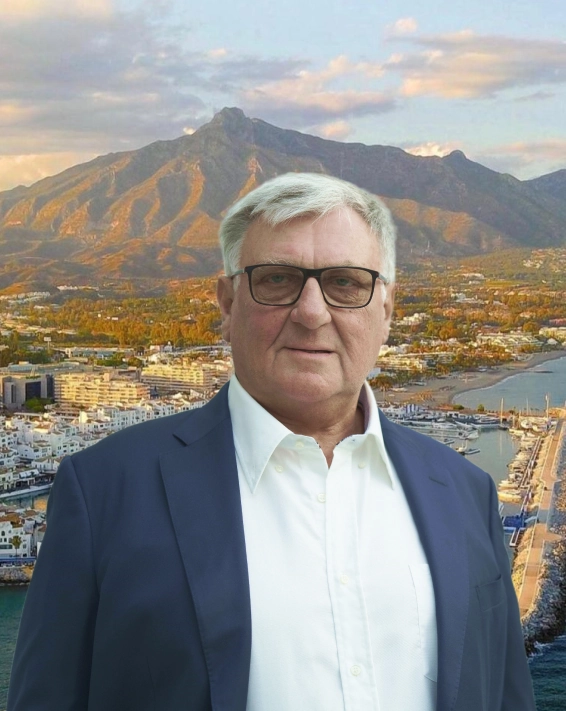
Professor Blum’s Exclusive Rehabilitation System

For Your Convenience, the Sierra Blanca Resort Spa Hotel is Open on the Center’s Premises. The hotel is nestled in a cedar park at the foot of La Concha Mountain, offering stunning views of the sea, Gibraltar, and the African coast from its terrace.

Sierra Blanca Resort Spa Includes:

Select a program
- After spinal fractures
- In case of spinal cord and nerve plexus injuries
- After pelvic fractures and contusions
- After spinal surgeries
- In cases of spinal fractures due to osteoporosis
Q&A
Yes, in some cases, relatives come to the Centre, meet with Professor Blum, discuss all questions, visit the hotel, inspect the accommodation conditions to prepare as much as possible for the patient's transfer from the hospital directly to us.
Yes, we organise transportation from any clinic to our Centre.
Most often, Professor Blum's method yields positive results even in the late recovery period. Everything depends on the complexity of the injury, previous treatment, and the overall condition of the body. To get a detailed answer, schedule a free consultation with a Centre doctor.
The cost of rehabilitation is 600 euros per day without accommodation, from 719 euros per day with accommodation in a standard double room at the hotel on the Centre’s premises. The exact duration and cost of the treatment course are determined after consultation with the doctor.
The most effective period in rehabilitation is considered to be the first 3-6 months after the injury. During this "rehabilitation window," the nervous system has a large reserve of recovery resources that need to be maximally utilised. The earlier rehabilitation is started after spinal cord and spinal injuries, the better the treatment results.
The post-traumatic rehabilitation process is divided into several stages:
- Specialist consultation.
Online consultation with a rehabilitation therapist: review of medical history, complaints, treatment results, determination of the duration and cost of the treatment course. If necessary, a plan for additional examination is developed. -
Determination of the rehabilitation plan.
Consultation with Professor Blum and a rehabilitation therapist.
Examination, biomechanical testing, diagnosis according to the proprietary system, determination of problems and their priority, development of an individual comprehensive rehabilitation program. -
Attendance at sessions.
In accordance with the developed program, the patient attends sessions at the Centre. The rehabilitation therapist evaluates the progress and adjusts the program. -
Finishing the treatment course.
Receiving recommendations and a set of exercises to do at home.
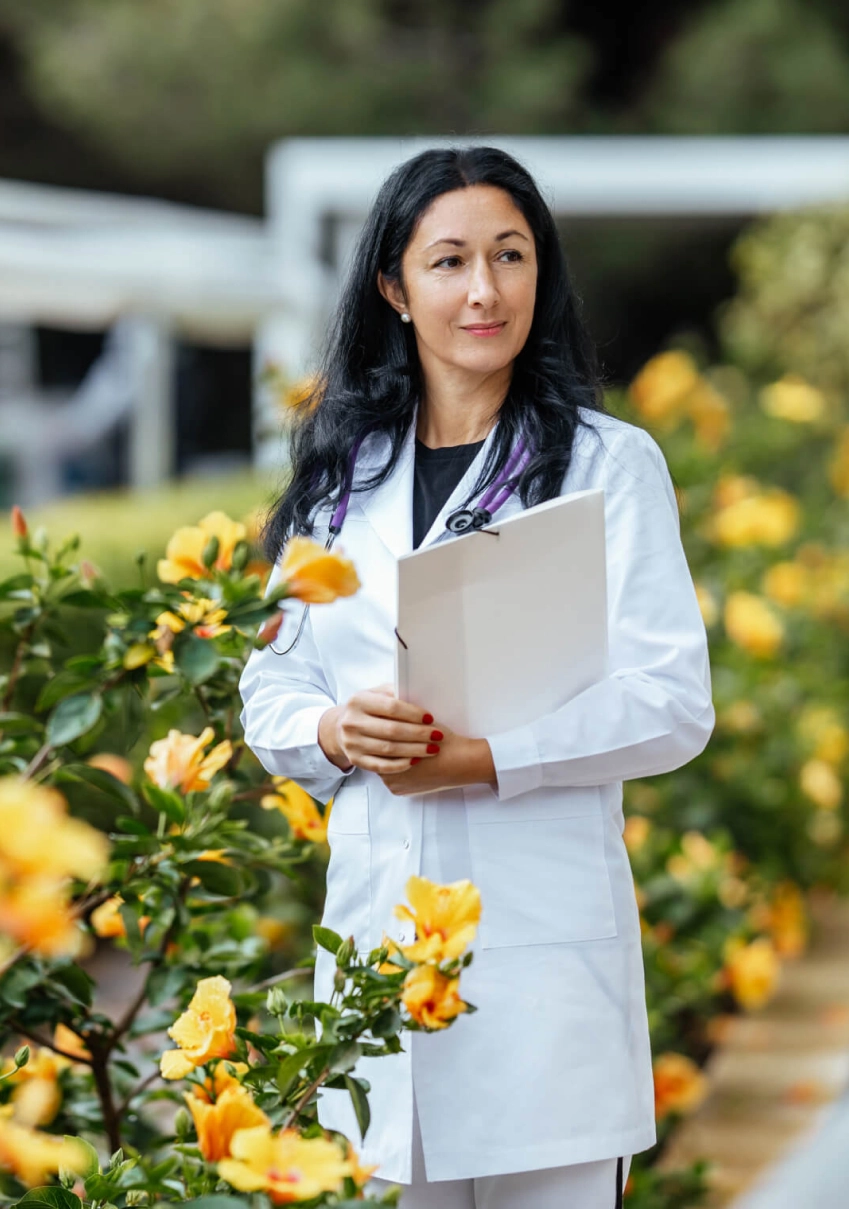
The cost of a course of treatment with a stay in a hotel
- Appointments and consultations
- Creating an individual program
- Conducting personal sessions
- Appointments and consultations
- Creating an individual program
- Conducting personal sessions
Other areas of work of our Center
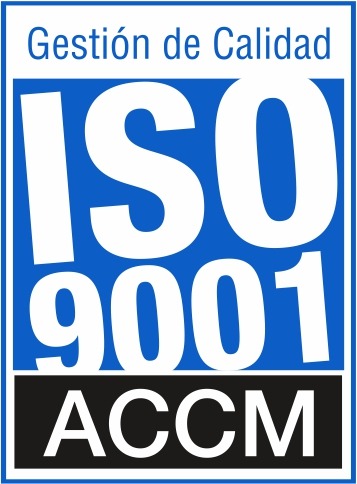







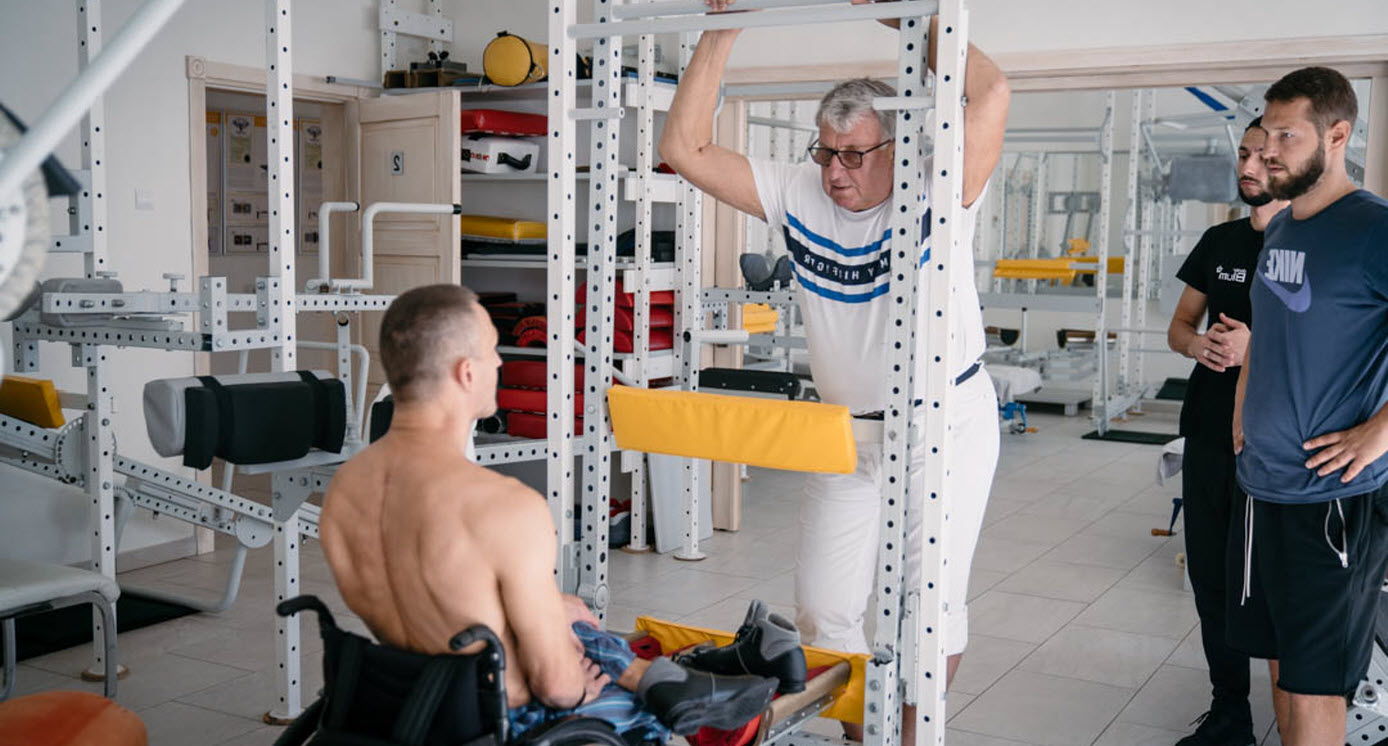



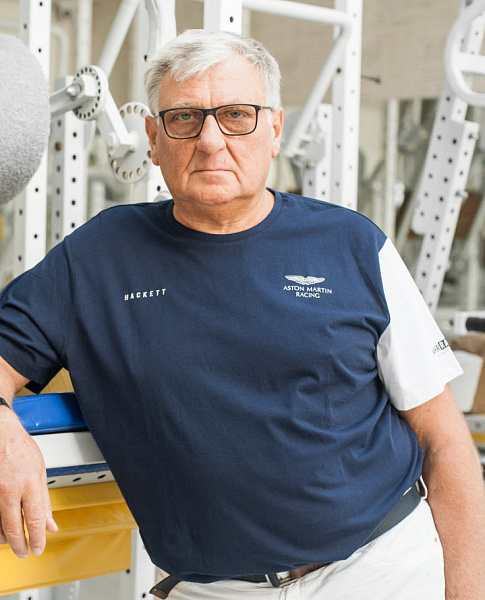






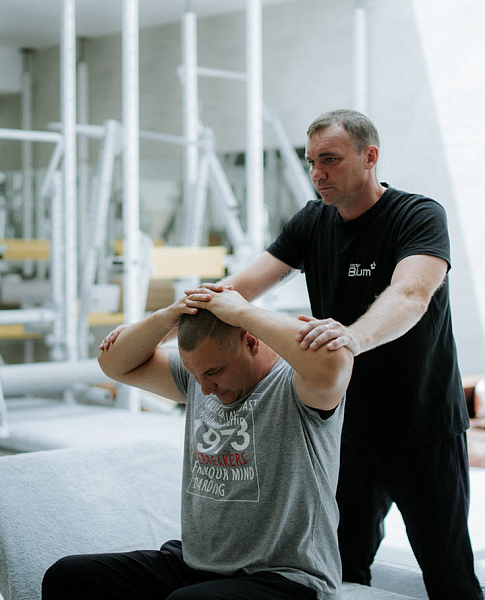

.webp)
